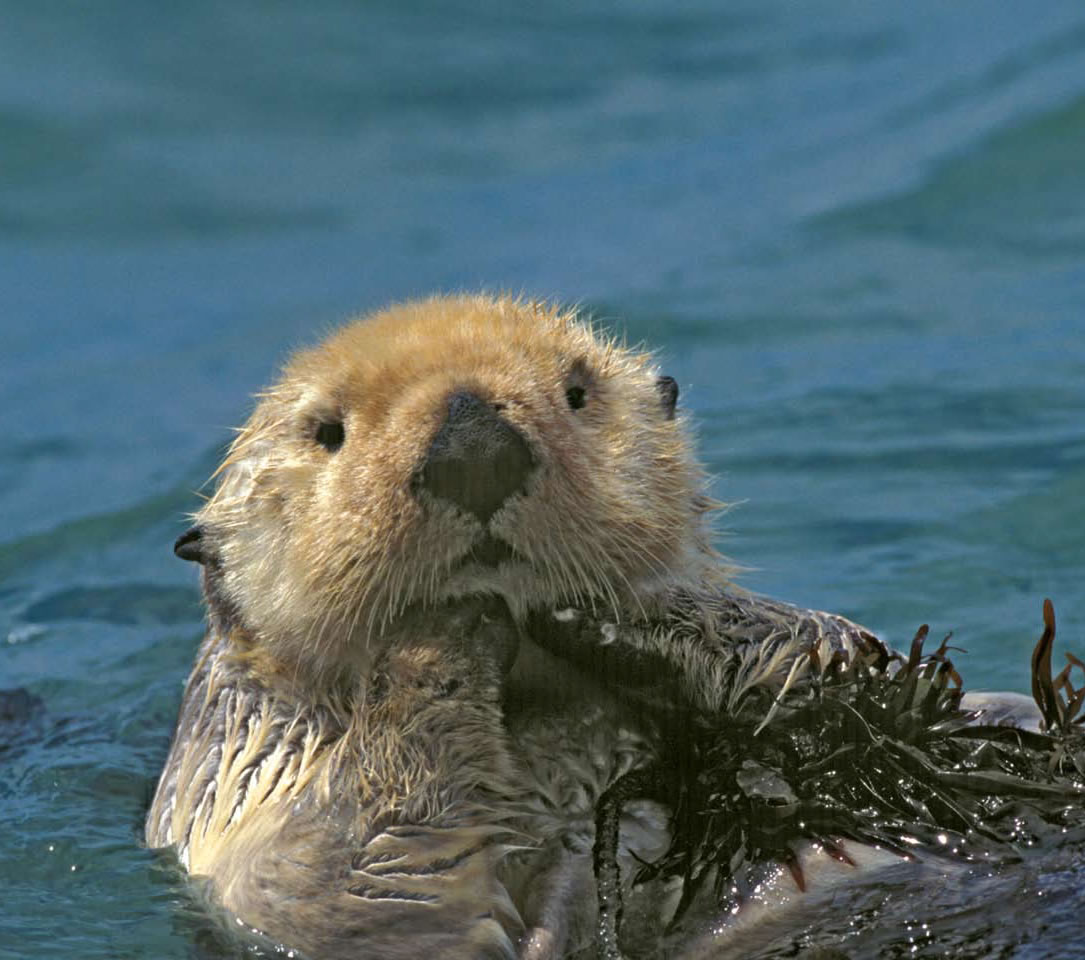| Home |
| Current Research |
| Graduate Students / Post Docs |
| Biologists / Technicians |
| Interns / Volunteers |
| Publications |
| Links |
| Our ftp site |
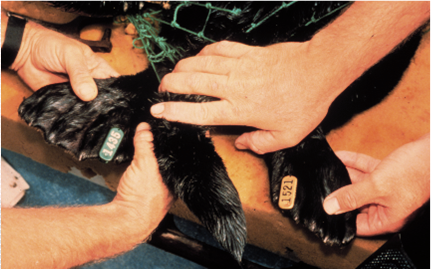
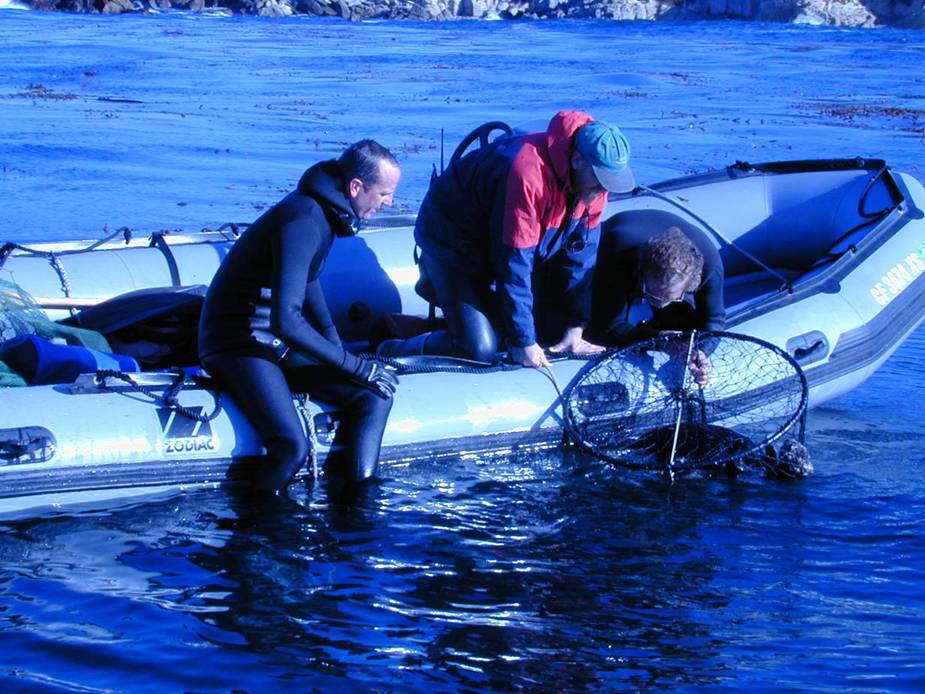
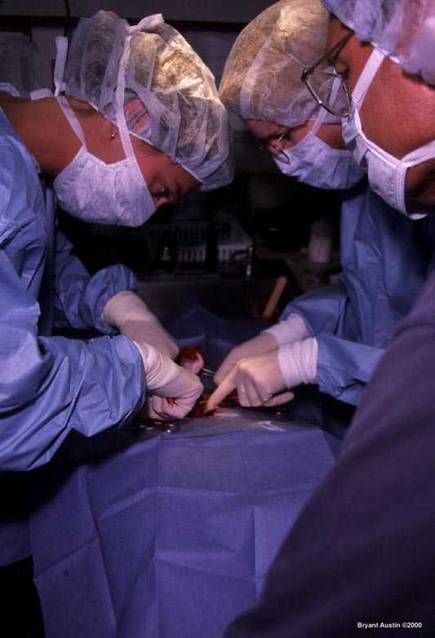
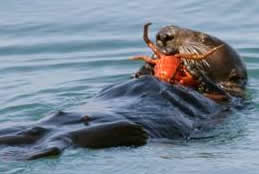
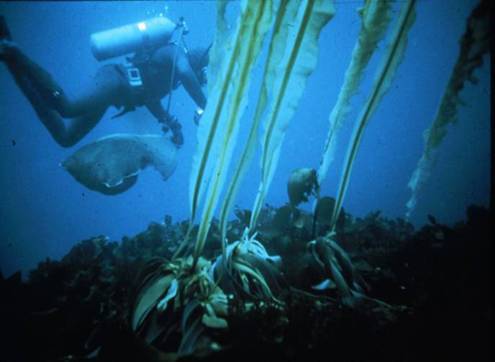
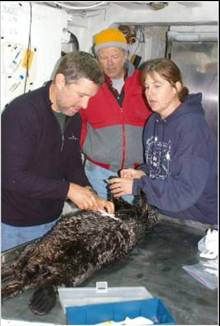
Sea Otter Population Studies What does it take to keep a healthy and stable population of sea otters? What conservation actions will positively affect the recovery of the Southern sea otter? |
|
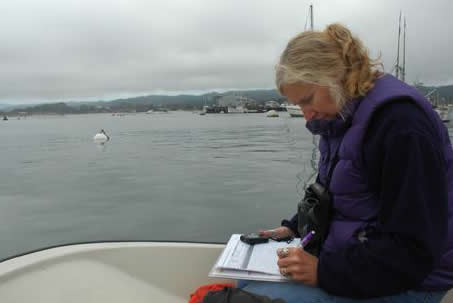 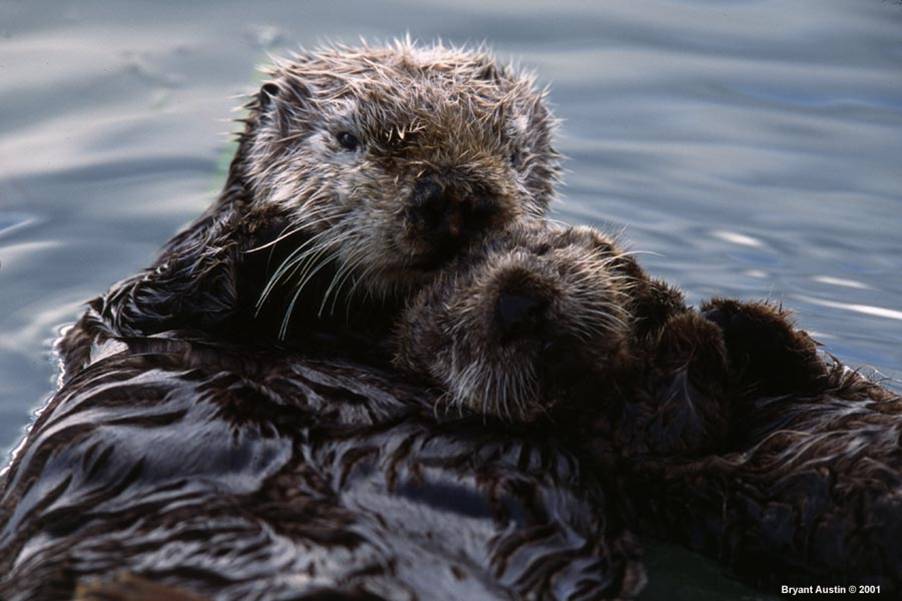 |
|
|
With help from California tax payers, a consortium of scientists from the University of California, State and Federal government agencies, and the Monterey Bay Aquarium are conducting research to provide answers to these questions. The tax check-off funds raised since 2006 are helping to support this long-term study of the Threatened southern sea otter population. We are studying random samples of tagged sea otters at two high human impact sites: Monterey Bay, an area impacted by pollution and other factors associated with dense human populations, and along the remote and nearly pristine Big Sur coast. By comparing patterns of disease, the exposure to contaminants physiological condition, behavior, diet, survival and reproductive success between these two contrasting regions, we are untangling the relationships between near-shore water quality, pollution, nutritional deficiencies and sea otter population health. |
Contact Us: USGS Santa Cruz Field Station - 100 Shaffer Road - Center for Ocean Health - Room 251 - Santa Cruz, CA 95060 - 831 459-2357
